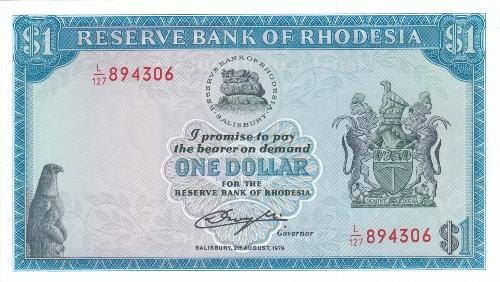
 There are rumours circulating that Macedonia will put Nobel peace prize winner Mother Teresa on a new banknote. This would coincide with the naming of one of the most important autoroutes in Macedonia after her.
There are rumours circulating that Macedonia will put Nobel peace prize winner Mother Teresa on a new banknote. This would coincide with the naming of one of the most important autoroutes in Macedonia after her.
These decisions are expected to be approved by the government of Macedonia and this has been declared by Prime Minister Nikola Gruevski in an interview for the Indian newspaper Times of India. Prime Minister Gruevski has stressed that this idea of his will soon receive the green light in the government meeting.
The Blessed Teresa of Calcutta, M.C., commonly known as Mother Teresa (26 August 1910 – 5 September 1997), was an Albanian-born, Indian Roman Catholic Religious Sister. Mother Teresa founded the Missionaries of Charity, a Roman Catholic religious congregation, which in 2012 consisted of over 4,500 sisters and is active in 133 countries. They run hospices and homes for people with HIV/AIDS, leprosy and tuberculosis; soup kitchens; children's and family counseling programmes; orphanages; and schools. Members of the order must adhere to the vows of chastity, poverty and obedience, and the fourth vow, to give "Wholehearted and Free service to the poorest of the poor".
Mother Teresa was the recipient of numerous honours including the 1979 Nobel Peace Prize. In late 2003, she was beatified, the third step toward possible sainthood, giving her the title "Blessed Teresa of Calcutta". A second miracle credited to her intercession is required before she can be recognised as a saint by the Catholic Church. Admired and respected by many, she has also been accused of failing to provide medical care or painkillers, misusing charitable money, and maintaining positive relationships with dictators.
 Guyana decided last year that a new banknote of 5000 dollar would be introduced. The current highest denomination is 1000 dollar. Now the Bank of Guyana has announced the date the new note will be issued: 9 December 2013.
Guyana decided last year that a new banknote of 5000 dollar would be introduced. The current highest denomination is 1000 dollar. Now the Bank of Guyana has announced the date the new note will be issued: 9 December 2013.
Bank of Guyana Deputy Governor, Dr Gobin Ganga said that an awareness campaign would be launched before the note goes into circulation. The Bank of Guyana said the new note would significantly reduce the number of notes that it would be required to process in the fast approaching holiday season.
Some of the features of the new note:
- Bank of Guyana logo and the Map of Guyana (front)
- Guyana's Rainforest and National Bird (back)
- Watermark: The Macaw and Value of the note (5000)
- Spark: When tilted the colour of the value shifts from Magenta to green and the rolling bar moves up and down
- Holographic Stripe: When tilted at an angle the image of a Jaguar can be seen.
- See- through: The value of the note ($5000) appears when the note is held up to the light.
- Latent Image: At a certain angle the value 5000 can be seen.
- Blind Mark: Mark for the visually impaired and partially sighted. (Right of note)
- Dual Track: Two track thread with optically variable and metallic print properties (Back)
- Intaglio Print: A distinctive raised feel
- Novel Numbering: Progressively larger numbers
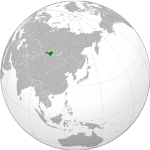
 After the nice new note from Rhodesia I received earlier this week another great addition to my collection arrived yesterday. Country number 198: Tannu Tuva! Before I started collecting banknotes I had never even heard of this nation or seen its banknotes. Some background information seems in order.
After the nice new note from Rhodesia I received earlier this week another great addition to my collection arrived yesterday. Country number 198: Tannu Tuva! Before I started collecting banknotes I had never even heard of this nation or seen its banknotes. Some background information seems in order.
The Tuvan People's Republic (or People's Republic of Tannu Tuva 1921 – 1944) was a partially recognized independent state in the territory of the former Tuvan protectorate of Imperial Russia also known as Uryankhaisky Krai. It was a satellite state of the Soviet Union that is now known as the Tuva Republic within the Russian Federation. The Soviet Union and the Mongolian People's Republic were the only countries to recognize its independence.
Following the Russian Revolution of 1917, Communist troops took Tuva in January 1920. The chaos accompanying this era allowed the Tuvans to again proclaim their independence. On 14 August 1921, the Bolsheviks (supported by Russia) established a Tuvan People's Republic, called Tannu Tuva until 1926. Tannu refers to the Tannu-ola Mountains while Tuva is derived from the ethnicity Tuvan. The capital Khem-Beldir was eventually renamed Kyzyl ('red' in Tuvan). A treaty between the Soviet Union and the Mongolian People's Republic in 1926 affirmed the country’s independence. No other countries formally recognized it, although it appeared on maps and globes produced in the United States.
The area that was the Tuvan People's Republic is now known as Tyva Republic within the Russian Federation.
 Hurrah! Yesterday marked the 90th anniversary of the end of German inflation.
Hurrah! Yesterday marked the 90th anniversary of the end of German inflation.
Here's a nice story on the background of this devestating time in German history. I also highly recommend this very readable Wikipedia page on this period and its economic and political background.
Source
 Remember the coming Lebanese commemorative note of 50,000 pounds marking the 70th anniversary of the country's independence which will be issued on November 22nd? Apparently I wasn't the only one who thought the design looked like a bad photoshop job.
Remember the coming Lebanese commemorative note of 50,000 pounds marking the 70th anniversary of the country's independence which will be issued on November 22nd? Apparently I wasn't the only one who thought the design looked like a bad photoshop job.
It now appears that the new note will have another flaw: a spelling error. As Reuters reports: "The French-language face of the special issue 50,000 pound note, which is worth about $33, spells 'independence' as it is written in English, rather than the French 'independance'."
Wow, this new note looks like a real winner...
Update: According to the Lebanese Daily Star demand for the new note is huge. Due to the controversy lots of people want the new note so the resale price on sites like eBay is expected to go sky high.
 Exactly one year ago it was 'absolutely certain' that larger denominations of 200 and 500 manat would be issued in Azerbaijan. Where are they now? Certainly not on the website of the Central Bank of Azerbaijan where only images of 1, 5, 10, 20, 50 and 100 manat can be seen.
Exactly one year ago it was 'absolutely certain' that larger denominations of 200 and 500 manat would be issued in Azerbaijan. Where are they now? Certainly not on the website of the Central Bank of Azerbaijan where only images of 1, 5, 10, 20, 50 and 100 manat can be seen.
Recently there were once again rumours of new banknotes to be issued, this time of 3 and 200 manat. Chairman of the Central Bank Elman Rustamov however has denied that such banknotes will be issued. There is according to Rustamov no reason for a larger denomination or a 3 manat note. The current set of denominations is said to be ideal.
Let's wait for the next rumour!
 According to this news report (google translate) from 4 November 2013 the Bank of Guatemala has issued a new version of its 1 quetzal note with issue date 23 November 2011 and new features like a portrait in the window and a new signature.
According to this news report (google translate) from 4 November 2013 the Bank of Guatemala has issued a new version of its 1 quetzal note with issue date 23 November 2011 and new features like a portrait in the window and a new signature.
This will also be the final issue because the note will be replaced with a coin to reduce costs. The unit price of a note is more than twice what a coin costs. The notes were printed by the French company Oberthur Fiduciaire.
This is unfortunate for us collectors, especially with an interest in polymer money, because this means one banknote less to look out for.
 Banknotenews.com reports that in August this year the parliament of the disputed area of South Ossetia has passed a law (google translate) allowing the National Bank of South Ossetia to issue banknotes denominated in Russian rubles.
Banknotenews.com reports that in August this year the parliament of the disputed area of South Ossetia has passed a law (google translate) allowing the National Bank of South Ossetia to issue banknotes denominated in Russian rubles.
Some background information from wikipedia:
South Ossetia is a disputed region and partly recognised state in the South Caucasus, located in the territory of the South Ossetian Autonomous Oblast within the former Georgian Soviet Socialist Republic of the USSR. South Ossetians declared independence from Georgia in 1990, calling themselves the Republic of South Ossetia. The Georgian government responded by abolishing South Ossetia's autonomy and trying to retake the region by force. This led to the 1991–1992 South Ossetia War. Georgian fighting against those controlling South Ossetia occurred on two other occasions, in 2004 and 2008. The latter conflict led to the Russia–Georgia war, during which Ossetian and Russian forces gained full de facto control of the territory of the former South Ossetian Autonomous Oblast. In the wake of the 2008 South Ossetia War, Russia, Nicaragua, Venezuela, Nauru and Tuvalu recognised South Ossetia's independence. Georgia does not recognise the existence of South Ossetia as a political entity, including most of the area in its Shida Kartli region. Georgia considers South Ossetia to be occupied by the Russian army.
We'll see if this means that this list of banknote issuing countries, area's and entities will get one more member.
 The Central Bank of Honduras has updated (google translate) the design of its lempiras banknotes with braille and raised bars in order to help the blind identify the different notes. The new notes also have an issue date of 1 March 2012 on them.
The Central Bank of Honduras has updated (google translate) the design of its lempiras banknotes with braille and raised bars in order to help the blind identify the different notes. The new notes also have an issue date of 1 March 2012 on them.
Surprisingly the 20 lempiras note which had previously been issued on polymer has been reissued as a paper note. I would think that one polymer note is pretty distinguishable from the rest of the (paper) denominations if you can't see but apparently the Central Bank thought otherwise. The new notes are printed by the French company Oberthur Fiduciaire.
A leaflet with all the new notes can be found here. The new notes as shown in the leaflet (hence the black lines which of course don't show on the real notes):
 Indonesia plans to redenominate its rupiah banknotes from 1 January 2014. According to this article (google translate) the new banknotes will get a small design update and the denomination will have three 0's less. After the transition and a short time period where people can get used to the new denomination a new set of banknotes will be issued with new portraits. These notes with the new design will probably be issued on 17 August 2014. The Bank Indonesia has pointed out that the old notes will remain legal tender for the next 10 years side by side with the new notes.
Indonesia plans to redenominate its rupiah banknotes from 1 January 2014. According to this article (google translate) the new banknotes will get a small design update and the denomination will have three 0's less. After the transition and a short time period where people can get used to the new denomination a new set of banknotes will be issued with new portraits. These notes with the new design will probably be issued on 17 August 2014. The Bank Indonesia has pointed out that the old notes will remain legal tender for the next 10 years side by side with the new notes.
The plan has yet to be approved by the parliament though.
Images of the proposed new banknotes before, and after the redenomination. The notes on the right show the proposed new design:
Source
Update: The latest news on this issue suggests that a redenomination won't take place before 2015 but more likely it will around 2020. More news to be found here (translation).
Update 1 Agust 2014: the new series of banknotes will be issued from 1 January 2018.
 Myanmar (or Burma as the country is still called by a lot of countries) will probably issue banknotes with new faces in the future. The parliament of Myanmar specifically asked for the return of the portrait of General Aung San on the banknotes of lower denominations.
Myanmar (or Burma as the country is still called by a lot of countries) will probably issue banknotes with new faces in the future. The parliament of Myanmar specifically asked for the return of the portrait of General Aung San on the banknotes of lower denominations.
General Bogyoke Aung San (13 February 1915 – 19 July 1947) was a Burmese revolutionary, nationalist, founder of the modern Burmese army and considered to be the Father of modern-day Burma. He was responsible for bringing Burma's independence from British colonial rule in Burma, but was assassinated six months before independence. He is recognized as the leading architect of independence, and the founder of the Union of Burma. Affectionately known as "Bogyoke" (General), Aung San is still widely admired by the Burmese people, and his name is still invoked in Burmese politics to this day. Aung San had a daughter, Aung San Suu Kyi, who is now a world famous Burmese politician and the recipient of a Nobel Peace Prize.
The image of General Aung San on an older banknote from my own collection:
 The Central Bank of Sri Lanka has issued a commemorative note today, 15 November 2013. The 500 rupees note has been issued to mark the Commonwealth Heads of Government Meeting in Sri Lanka from 15th to 17th November 2013. From the press release (doc):
The Central Bank of Sri Lanka has issued a commemorative note today, 15 November 2013. The 500 rupees note has been issued to mark the Commonwealth Heads of Government Meeting in Sri Lanka from 15th to 17th November 2013. From the press release (doc):
The size, colour and the security features of the Commemorative note are same as in the current circulating Rs. 500 note in the same series with the following changes only.
On the front of the note:
- CHOGM 2013 Sri Lanka logo in single purple colour appearing at the lower left corner of the note replacing the butterfly of the currently circulating Rs. 500 note
- A security feature of an additional watermark by adding a design around the electrotype vertical numerals 500, to differentiate the CHOGM commemorative note from the currently circulating Rs. 500 note
- Date on note: 2013.11.15. On the back of the note: the same images will remain as in the present Rs. 500 note.
A quantity of 5 million notes will be issued and the serial numbers of the notes will be from T/51 000001- T/55 1000000. A limited number of early serial numbers will sold in a folder.
Infosheet
Thanks to an early birthday gift I received 6 new banknotes from Russia yesterday. Isn't it nice when your aunt goes on holiday to Russia and doesn't forget the hobby of her nephew? Here are the new notes in chronological order:
- 1 Ruble (1915 (1898)) - P15c05
- 25 Rubles (1919) - P90
- 3 Rubles (1961) - P223a
- 25 Rubles (1961) - P234b
- 500 Rubles (1993) - P256
- 100 Rubles (1997) - P270a
All the images of the new notes can be found on the Russia page of my collection.
 The National Bank of Cambodia has issued a new commemorative note of 2000 riel. Here’s the press release so good luck translating that
The National Bank of Cambodia has issued a new commemorative note of 2000 riel. Here’s the press release so good luck translating that  . The images below are from banknotenews.com.
. The images below are from banknotenews.com.
The note has been issued commemorating its independence from France on 9 November 1953 and has been issued on 8 November.
 This week I received a new note I bought on eBay. Not only was it a bargain, it is also the 197th country in my collection! Just three more to go and I can order cake to celebrate the magical 200.
This week I received a new note I bought on eBay. Not only was it a bargain, it is also the 197th country in my collection! Just three more to go and I can order cake to celebrate the magical 200.
This note is from Rhodesia, the country which was never recognized and which existed for only 14 years. It was considered a de facto successor state to the former British colony of Southern Rhodesia. After a bloody civil war, in which the white government fought with two black nationalist groups, the country finally settled for peace in 1980 and renamed itself Zimbabwe.
This is a 1 dollar note from 1970 and has pick number 30a.
« Vorige Pagina |
Toon berichten 886-900 van 1227 |
Volgende Pagina »

 There are rumours circulating that Macedonia will put Nobel peace prize winner Mother Teresa on a new banknote. This would coincide with the naming of one of the most important autoroutes in Macedonia after her.
There are rumours circulating that Macedonia will put Nobel peace prize winner Mother Teresa on a new banknote. This would coincide with the naming of one of the most important autoroutes in Macedonia after her.  Guyana
Guyana 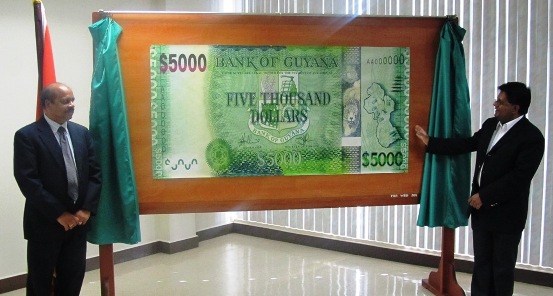
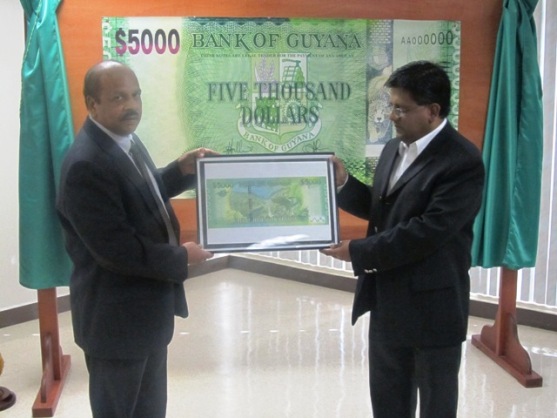

 After the nice new note from Rhodesia I received
After the nice new note from Rhodesia I received 
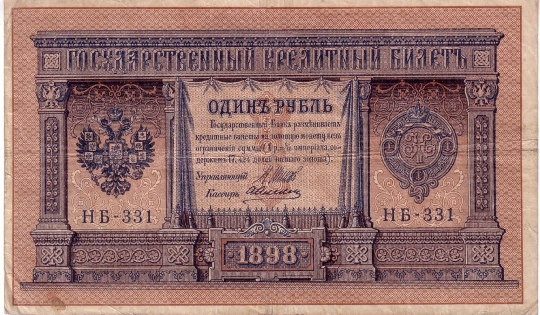
 Hurrah! Yesterday marked the 90th anniversary of the end of German inflation.
Hurrah! Yesterday marked the 90th anniversary of the end of German inflation. 
 Remember the coming Lebanese commemorative note of 50,000 pounds marking the 70th anniversary of the country's independence which will be issued on November 22nd? Apparently I wasn't the only one who
Remember the coming Lebanese commemorative note of 50,000 pounds marking the 70th anniversary of the country's independence which will be issued on November 22nd? Apparently I wasn't the only one who 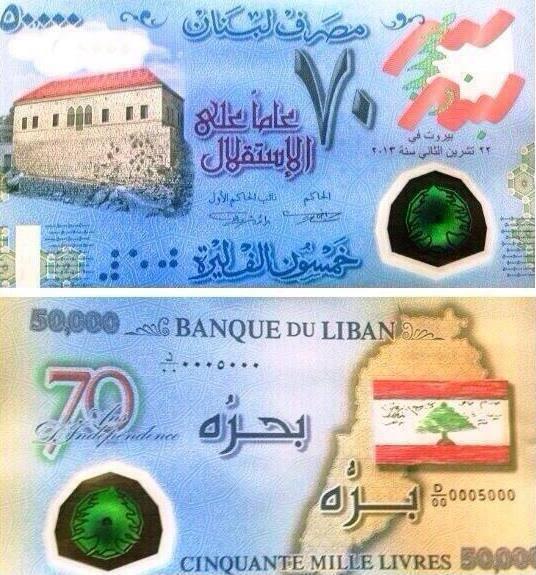
 Exactly one year ago it was 'absolutely certain' that larger denominations of 200 and 500 manat
Exactly one year ago it was 'absolutely certain' that larger denominations of 200 and 500 manat  According to this
According to this 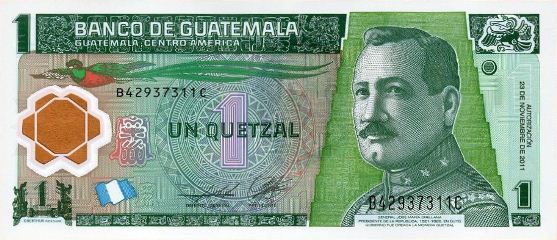

 The
The 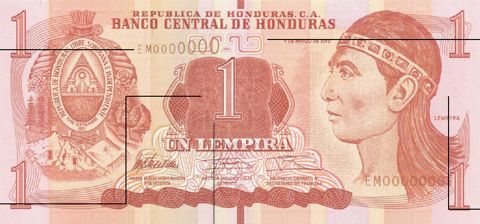
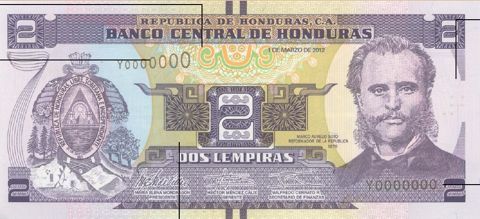
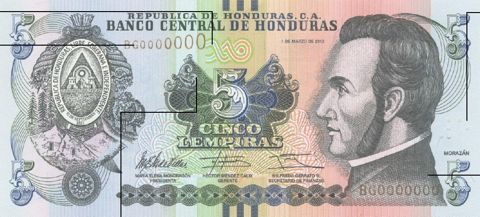
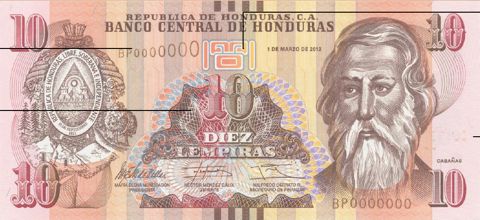

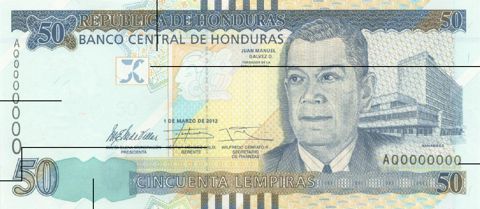
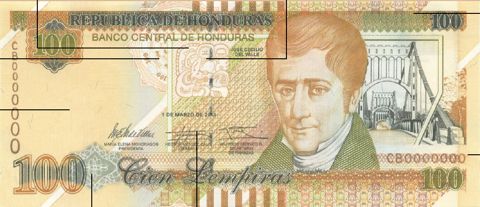
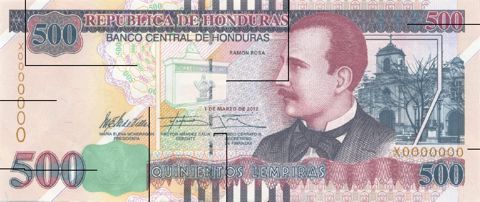
 Indonesia plans to redenominate its rupiah banknotes from 1 January 2014. According
Indonesia plans to redenominate its rupiah banknotes from 1 January 2014. According 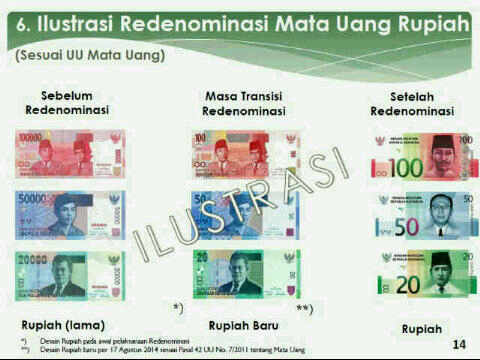

 Myanmar (or Burma as the country is
Myanmar (or Burma as the country is 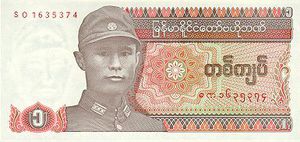
 The
The 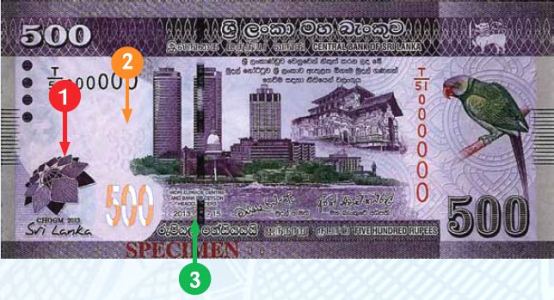
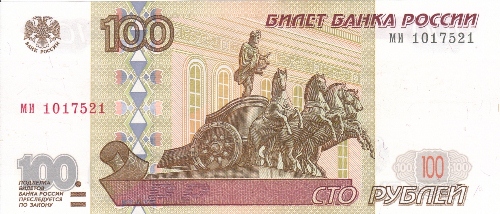
 The
The 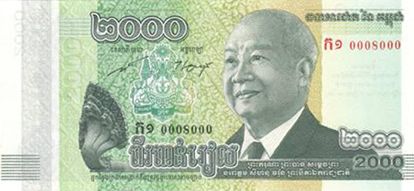
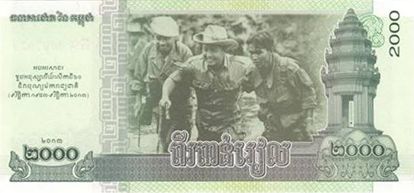
 This week I received a new note I bought on
This week I received a new note I bought on 